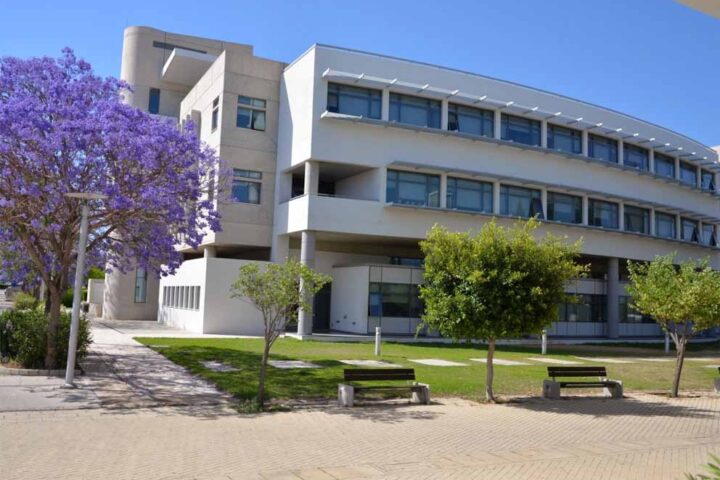GUEST COLUMN: By Andreas Petrou
Cyprus International Institute of Management
Â
The public has probably realised that there is a lot at stake in the recent fight between Laiki Marfin and Bank of Piraeus, given the banks’ determination. However, the reader may wonder, why? Below I will try to provide an explanation by analysing the strategies of the banks.
Everything starts from the ambition of these two banks to become regional players. Experience has shown that this is the optimal strategy for a bank, to enable benefits from economies of scale and scope, without introducing significant complexity in their operations. Â It is worth noting that there are no global commercial banks, in the realistic sense of the words, due to the complexity which this entails. The likes of Citibank and HSBC are better described as multi-regional banks.
Greek and Cypriot banks have a unique opportunity to become regional banks by establishing sizable operations in South East Europe, probably the most economically promising region in
However, to be a successful regional player there is a pre-requisite, the bank must have a strong home base, which will provide stability while the operations in the emerging economies mature and which will be the source of economies of scale and scope. The fight between Laiki Marfin and Bank of Piraeus is centred around this. Both banks try to create enough mass to confirm these advantages. To achieve this Bank of Piraeus needs Bank of Cyprus and Laiki Marfin, having smaller commercial bank operations, needs Bank of Piraeus and also, ideally, Bank of Cyprus too. However, it is worth noting that Laiki Marfin could possibly pursue one of the bigger Greek banks, such as Alpha Bank or Euro Bank, if their current attempt does not succeed, as they have the capital required but, Bank of Piraeus does not have this option.
The second requirement to become a regional player is development of experience in these markets, which takes time. By purchasing Bank of Piraeus, Laiki Marfin could partially satisfy this requirement, as the target bank has significant operations in the region.
Bank of Cyprus sits in the middle of this fight because of its extensive operations in
However, we shouldn’t ignore the possibility of interest from other international banks. In a recent round table discussion I had with the three largest banks in
Drawing from the above analysis, it seems that the strategic moves targeting South East Europe from Greek/Cypriot players and from other international banks will continue. Time only will show who the winners will be, but I can claim with certainty that there will be losers too.Â
Â
Andreas Petrou is a professor at CIIM specialising on strategy for financial institutions.







